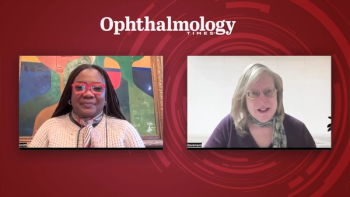
Cefuroxime combats endophthalmitis
It is possible to achieve a lower rate of endophthalmitis with a single injection of cefuroxime at the conclusion of cataract surgery than by using the more traditional subconjunctival/topical regimens, according to Per Montan of the St Erik Eye Hospital, Stockholm, Sweden.
It is possible to achieve a lower rate of endophthalmitis with a single injection of cefuroxime at the conclusion of cataract surgery than by using the more traditional subconjunctival/topical regimens, according to Per Montan of the St Erik Eye Hospital, Stockholm, Sweden.
In 1996, St Erik's analysed the resistance patterns of 55 causative bacteria and found that 51 of these were sensitive to cefuroxime, a second-generation cephalosporin. It was decided to use 1 mg cefuroxime as a bolus injection at the conclusion of cataract extraction. A sharp decline in endophthalmitis was soon noticed and furthermore, the antibiotic proved to be safe in analyses of endothelial cell counts, laser flare measurements and the presence of IgE production.
Nationwide data confirmed these findings and now, 99% of cataract procedures are performed with intracameral cefuroxime. The incidence of endophthalmitis during the period between 2002 and 2004, based on a sample of 224,000 operations, is just 0.04%. For comparison purposes, data collected between 1999 and 2001, showed that, of the 6,800 procedures performed using topical or subconjunctival antibiotics, the incidence of endophthalmitis was 0.22% compared with 0.05% in the 153,000 operations using cefuroxime.
Montan concluded that it is entirely possible to achieve significantly lower rates of endophthalmitis by using cefuroxime than by using more traditional combined regimens.
Ophthalmology Times Europe reporting from the XXIV Congress of the ESCRS, London, 9-13 September, 2006.
Newsletter
Don’t miss out—get Ophthalmology Times updates on the latest clinical advancements and expert interviews, straight to your inbox.













































